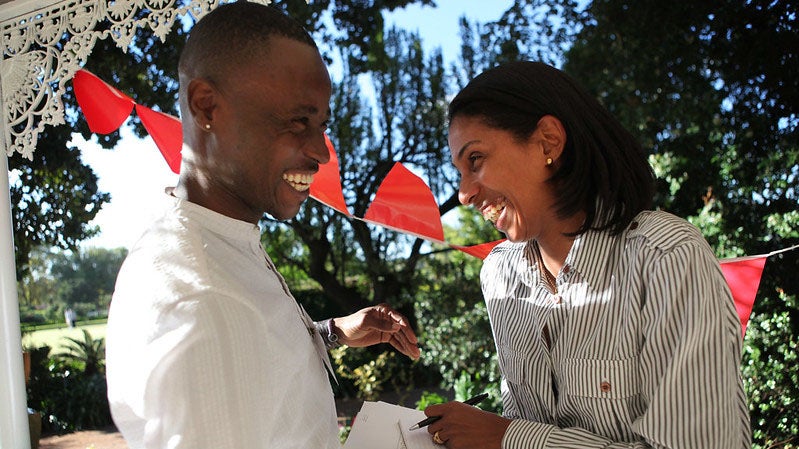This article originally appeared at The Atlantic.
Here are some of the complaints that have been made about the #MeToo movement as it has expanded and become a subject of debate: It is irrational. It is overly angry. It is insufficiently orderly, insufficiently tidy, insufficiently complacent. It takes up too much space. It does not know its place.
In short, many of the criticisms of #MeToo—and many of the demands critics have made of the movement—have mirrored the criticisms that have been made of women in general, when they have attempted to argue for a better place in a culture that has looked down on them. The complaints resolve, often, into a unified and overarching critique: that #MeToo is not only divisive, but also divided. That, being structurally unsound, it will eventually—and inevitably—implode.
 This is not a new critique. In fact, it is a very old critique. As the journalist and author Rebecca Traister pointed out during an event at the Aspen Ideas Festival, co-hosted by the Aspen Institute and theAtlantic, “We have been taught the history of feminism as a fundamentally divided movement.”
This is not a new critique. In fact, it is a very old critique. As the journalist and author Rebecca Traister pointed out during an event at the Aspen Ideas Festival, co-hosted by the Aspen Institute and theAtlantic, “We have been taught the history of feminism as a fundamentally divided movement.”
“A majority of the population having to work together where all of the other biases and privileges come into play?” she said. “Of course it is divided. It is by its nature and its definition going to be divided.” Take the racism of the women’s suffrage movement, and of the women’s movement. Take the disagreements between the radical feminists and the liberal feminists. Take the debates within second-wave feminism over queer rights. Take … so many other disagreements within so many other movements.
But also: Really take them. Because they’re a feature, Traister suggested, not a bug. “The fact that there is cacophony within feminism,” she pointed out, “is part of what has permitted it to grow. The fights that have been had have pushed it into the future, have allowed it to not wither and die and become something that is trapped in amber somewhere.”
Tarana Burke, the founder of the #MeToo movement, agreed. “In some ways,” Burke said, “sexual violence—which is what we’re dealing, obviously, around the #MeToo movement—is a great unifier, right, because it crosses every demographic that you could possible name. Nobody is left out.” And yet: #MeToo has been portrayed, often, as a house divided. Not only because of debates about due process and undue outrage, but also for more specific points of disagreement. Burke wore fur to her appearance leading the countdown to the New York City ball drop this past New Year’s Eve; people told her they couldn’t support her, or the movement she founded, she said, because of animal rights.
“It feels like people are always figuring out how to opt out,” Burke noted.
And the media, often, are helping them along—through portrayals of feminism in general, and of #MeToo in particular, that emphasize difference and strife: The accusation of the cat fight, at scale. “Whenever we talk about the division,” Traister noted, “we don’t talk about it as helpful, as salutary, as an expansion of our thinking. We talk about it as though the division itself is the harm, is problematic.” Debate is healthy; debate is necessary; debate is American; those democratic truisms, however, haven’t always translated to discussions of American feminism. Which is a failure not merely of discourse, but also of vision and action. “We have work to do,” Burke put it, “and if we continue to have these small problems, we lose this bigger thing. ”


